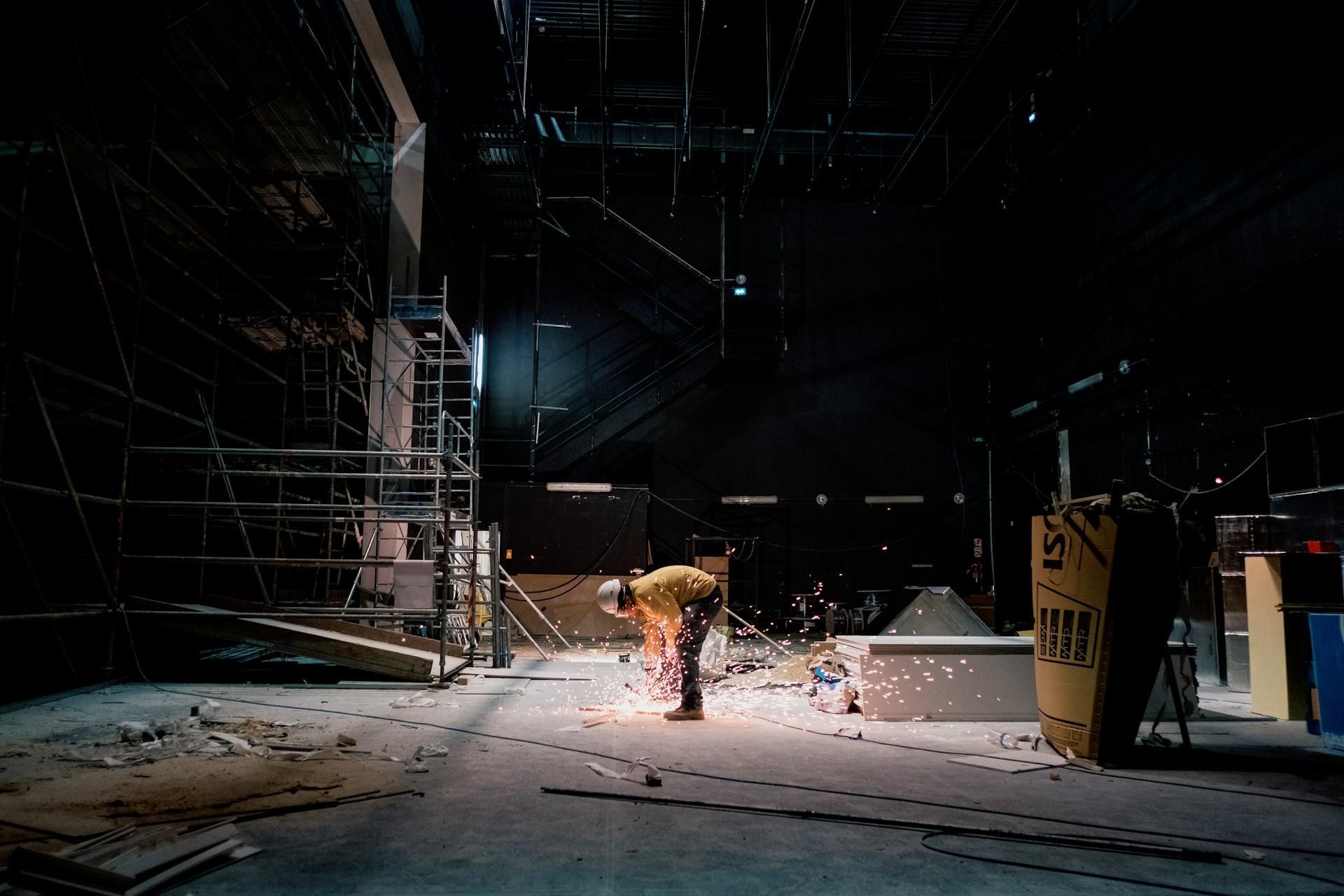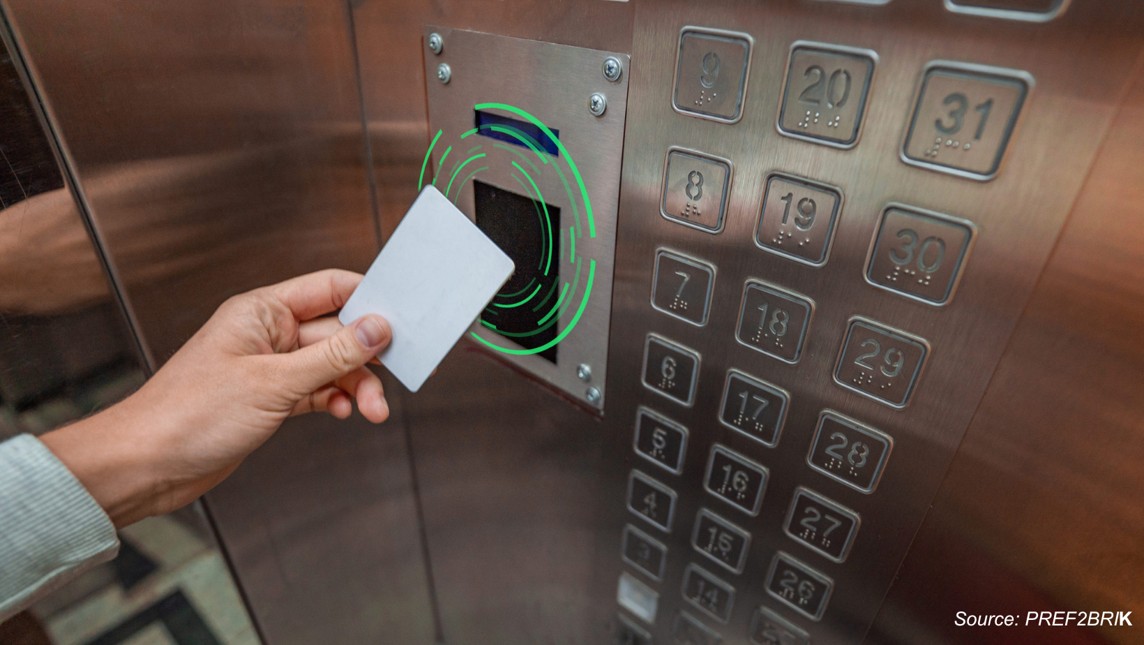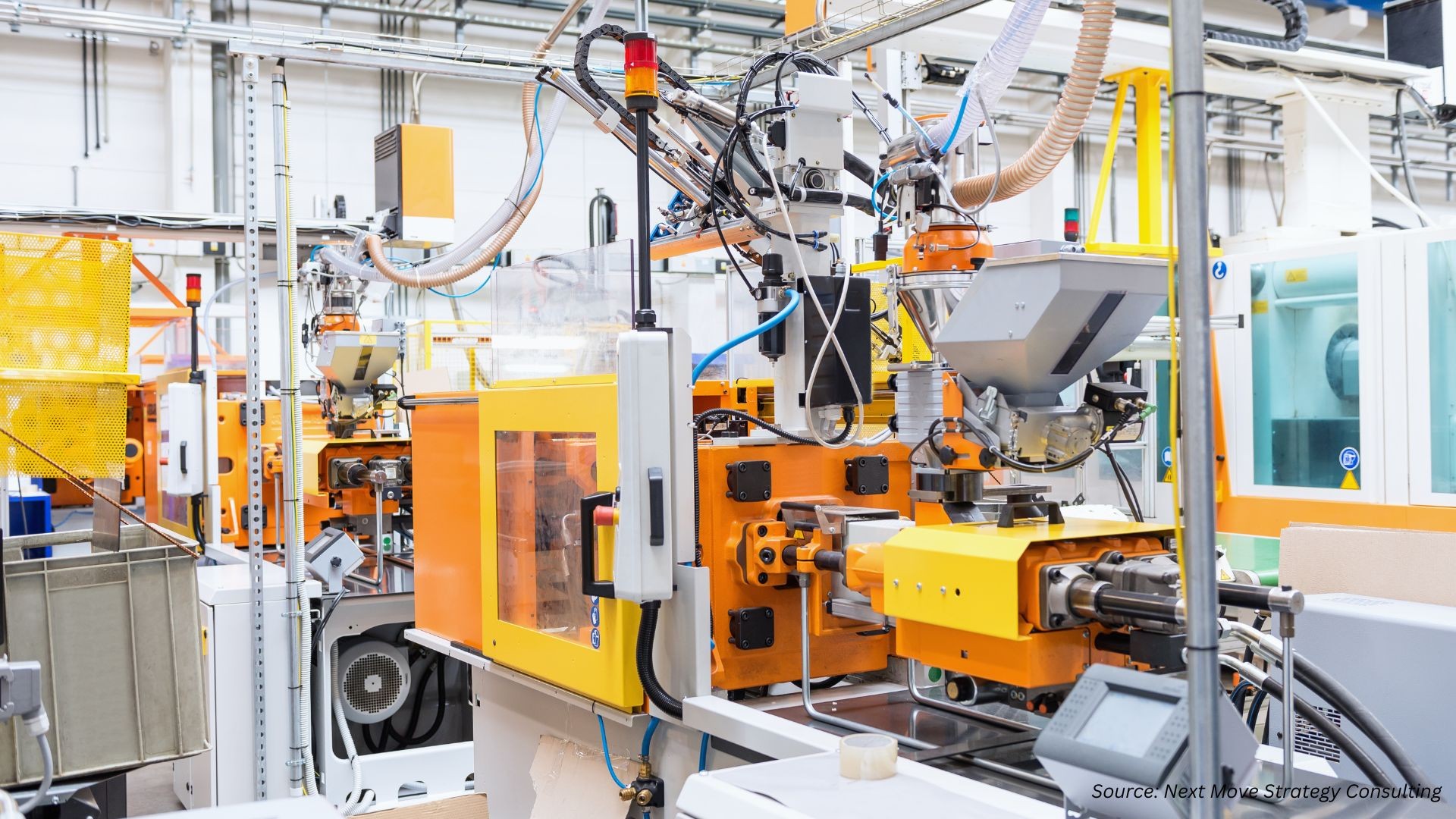What Smart Factories Are Doing Differently with Industrial Cutting Technology
Published: 2025-09-16

There is a reason cutting remains central to modern manufacturing. It touches nearly every stage of production, from framing large equipment to shaping precision. The way you cut can affect everything from speed to cost. Smart factories know this well.
They do not write cutting off to the side as if it were a background task - they consider it to be integral to their productivity. Therefore, they are mining each cut for the opportunity to streamline their process, reduce material waste, and improve in principle.
Nonetheless, any one hold-up during cutting could be fatal, particularly when factories are working at high capacity, under tight TTMs and, well, small margins. That's why leading manufacturers are revisiting not just what they cut but how.
Today, smart factories are redefining how industrial cutting technology is used. They are no longer just upgrading machines—they are redesigning their processes to fit today’s manufacturing challenges.
If you are wondering how they are staying ahead, here is what they are doing differently.
They Choose Tools Based on Strategy, Not Just Material
Traditionally, you picked a cutting tool based on the material in front of you. Stainless steel? Go with a saw. If you work with plastics, you can use a laser. But now there is a shift in the mindset. People do not solely focus on the material; instead, they look at the entire production goal. It means speed, accuracy, energy use, and downstream processes all factor into the decision.
Sometimes, they may choose a cutter that is slow. Other times, it means they invest in tech that reduces scrap over time. So, we can say that cutting is now a strategic decision, not just a technical one. It aligns with the factory's broader goals, from sustainability to just-in-time delivery.
They Combine Multiple Cutting Methods for Flexibility
One cutting method no longer fits all. Smart factories now combine multiple technologies to create agile, adaptable production environments. It means they do not rely on a single system. Instead, they switch between methods based on the material, design, and final outcome. Below, we have discussed a few of them:
Laser Cutting
It is a system that uses a beam of light to melt, burn, or vaporize material with extreme precision. It is good for detailed, high-tolerance work where a clean edge matters. It could be in electronics or decorative metalwork. It also creates minimal mechanical stress, thus reducing distortion on thin sheets or delicate designs.
Waterjet Cutting
There are a few materials that do not handle heat well. These could be stone, glass, or certain composites. So, waterjet becomes the go-to. It uses a high-pressure stream of water, sometimes mixed with abrasives, to slice through without any thermal impact. This makes it perfect for avoiding cracks, warping, or melting. It is especially helpful in custom or mixed-material components.
Mechanical Cutting
Mechanical tools like saws and milling machines still earn their place on the factory floor. They work best when you need speed and repetition, especially for cutting large batches of the same material. When set up with automation, they get the job done quickly and reliably.
Today’s factories don’t stop there. They blend different tools to stay flexible and ready for change. That’s where plasma cutting steps in. It handles both thick and thin materials with ease, delivers clean results, and keeps things moving fast. For teams chasing both precision and speed, it’s quickly becoming the smarter go-to.
They Upgrade to High-Performance Plasma Cutting
Plasma cutting has become a core part of modern manufacturing, and for good reason. It’s fast, accurate, and incredibly versatile across industries. From heavy equipment and shipbuilding to HVAC, structural steel, and even automotive repairs, plasma technology delivers clean, efficient cuts on both thick and thin materials.
What sets it apart is how well it adapts to different production needs. Unlike older methods, a plasma cutter works efficiently on conductive metals—like stainless steel, aluminum, and mild steel—without sacrificing precision. And thanks to recent innovations, it’s now part of some of the smartest systems on the floor.
You’ll commonly find two high-efficiency types in modern shops:
3D and Robotic Plasma Cutting: Great for curved or complex shapes. This type supports automation and precision in industries like aerospace or custom fabrication.
Mechanized CNC plasma cutters: Perfect for repetitive, high-volume work. These integrate with software for consistent results every time.
When paired with digital controls and real-time diagnostics, plasma systems reduce waste, increase speed, and improve edge quality. For companies managing tight deadlines and demanding specs, it’s not just a cutting tool—it’s a serious competitive advantage.
They Use Automation to Make Each Cut Count
Automation has changed the game in cutting. You no longer need to rely on manual calibration or guesswork. With robotic arms, CNC controls, and AI-powered feedback systems, every cut becomes data-backed.
Software now adjusts blade speed, temperature, or pressure in real time based on sensor input. This reduces human error and keeps quality consistent. Operators do not need to babysit every move—the system handles it with more precision than a human could.
This also shortens cycle times. Products move faster across the line because the machines self-correct and adapt as they go. For large-scale operations, that time saved adds up quickly.
They Treat Every Cut as Data
Smart factories don’t just cut—they collect. Every pass of a blade or torch becomes a data point. Sensors monitor variables like edge smoothness, kerf width, vibration, and blade wear. This information feeds into predictive analytics systems that flag issues before they become problems.
For example, if a tool begins to wear unevenly, the system detects the change and sends an alert. This allows the operator to replace the part before it causes rough cuts or delays. That’s not just quality control—it’s insurance against lost time and unhappy clients.
The impact goes beyond the cutting station. A product designer can adjust drawings based on kerf variations. A procurement lead can reorder materials with more precision. Even logistics teams benefit—they can schedule shipments more accurately, knowing the floor is running efficiently. That kind of cross-team visibility helps businesses run lean without losing speed or quality.
They Factor in Energy Use and Sustainability
Cutting tools can consume a lot of power. Left unchecked, they drive up utility bills and carbon footprints. Smart factories now take this seriously.
They invest in machines that optimize energy without sacrificing performance. Plasma cutting tools, for example, now come with built-in gas flow regulators and cooling systems that reduce emissions. According to the Department of Energy, manufacturing accounts for about 25% of U.S. energy consumption. Cutting that down even by 5–10% can save thousands each year.
These factories also schedule energy-heavy tasks during off-peak hours or run predictive models to avoid spikes. Every kilowatt matters—not just for the bottom line but for long-term sustainability.
They Train Operators Differently
Smart machines still need smart people. That is why operator roles have changed. Instead of focusing only on mechanical skills, today’s workforce is learning to manage interfaces, run diagnostics, and analyze performance metrics.
Training now includes digital literacy. Employees learn how to interpret real-time data, calibrate digital systems, and troubleshoot software issues. This makes them more valuable and helps factories run smoother.
Upskilling is not just about efficiency. It also improves job satisfaction. People feel more empowered when they understand how their role fits into a smarter, more responsive system.
They Build for Flexibility, Not Just Output
Factories used to be rigid. Once a system was in place, changing it required time, money, and lots of effort. That is no longer the case. Smart factories are built with modularity in mind.
Cutting stations can now be swapped, upgraded, or relocated with minimal effort. If a client changes their specs, the factory adapts fast. This reduces lag, waste, and frustration.
For small to mid-sized operations, this flexibility is a competitive edge. You do not need a massive budget to stay nimble. You just need the right setup.
They Integrate Cutting Stations into the Bigger Digital Ecosystem
A cutting machine used to be a standalone unit. Not anymore. Today’s smart factories link every station into a wider network.
Through MES (Manufacturing Execution Systems) or ERP platforms, cutting tools now feed live updates to planning software. If something slows down on the floor, the system alerts managers right away.
That visibility prevents surprises. You know what is happening, when, and why. It also helps with inventory control, supply chain coordination, and even customer updates. Cutting becomes a cooperative part of the workflow, not a bottleneck.
They Don’t Wait for Failure—They Predict It
Preventive maintenance keeps things running. Preventive maintenance helps you stay on track. But predictive maintenance helps you stay ahead. That’s what smart factories focus on—spotting small signs of trouble before they turn into major setbacks. With sensors keeping an eye on vibration, temperature, and tool pressure, there is constant insight into how well the equipment is performing.
Say a cutter starts running a little hotter than usual, or a slight shake appears in the workflow. Instead of waiting for the machine to stop mid-shift, the system flags the issue early. The team can step in, make the fix, and avoid any major interruption.
It is a smoother way to work. Machines stay in better shape. Crews stay safer. And production doesn’t come to a sudden stop. That kind of foresight keeps everything moving without chaos.
So, you can create a plan with services and replacements included. As a result, you do not rush at the last second.
Concluding Thoughts
What really distinguishes intelligent factories is definitely not the technology alone; it is the way they operate. They do not treat cutting as a minor task, though. It is a major part of their energy efficiency strategy, which includes moving faster, waste reduction, and providing better products. They utilize automation, strategy, technology, and up-to-date information to be well-prepared for each cut.
That in turn results in more than just a better operation: easier workflows, a more uniform quality, and the capability to change direction without experiencing any delays.
Therefore, if your configuration still operates using old methods, it would be good to ask yourself—how much of a change would there be if you viewed cutting in a more intelligent way?
About the Author
 Olivia is a digital marketing expert at Outreach Monks, crafting successful strategies for clients. She's a valuable contributor, sharing content and insights on industry updates. Olivia's articles offer a fresh perspective on emerging trends. Her passion for the field is evident in all her contributions.
Olivia is a digital marketing expert at Outreach Monks, crafting successful strategies for clients. She's a valuable contributor, sharing content and insights on industry updates. Olivia's articles offer a fresh perspective on emerging trends. Her passion for the field is evident in all her contributions.
About the Reviewer
 Sanyukta Deb is a seasoned Content Writer and Team Leader in Digital Marketing, known for her expertise in crafting online visibility strategies and navigating the dynamic digital landscape. With a flair for developing data-driven campaigns and producing compelling, audience-focused content, she helps brands elevate their presence and deepen user engagement. Beyond her professional endeavors, Sanyukta finds inspiration in creative projects and design pursuits.
Sanyukta Deb is a seasoned Content Writer and Team Leader in Digital Marketing, known for her expertise in crafting online visibility strategies and navigating the dynamic digital landscape. With a flair for developing data-driven campaigns and producing compelling, audience-focused content, she helps brands elevate their presence and deepen user engagement. Beyond her professional endeavors, Sanyukta finds inspiration in creative projects and design pursuits.















Add Comment